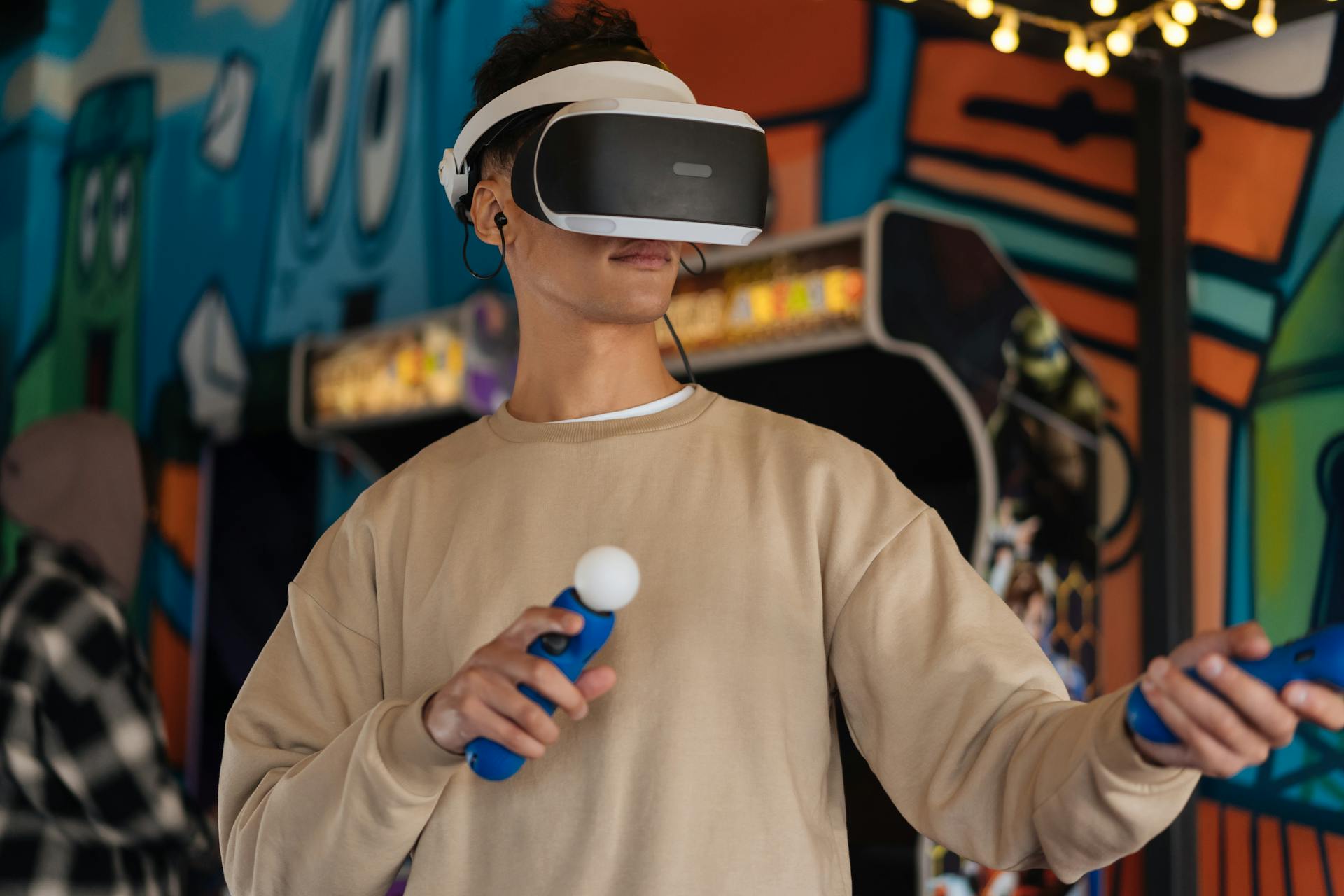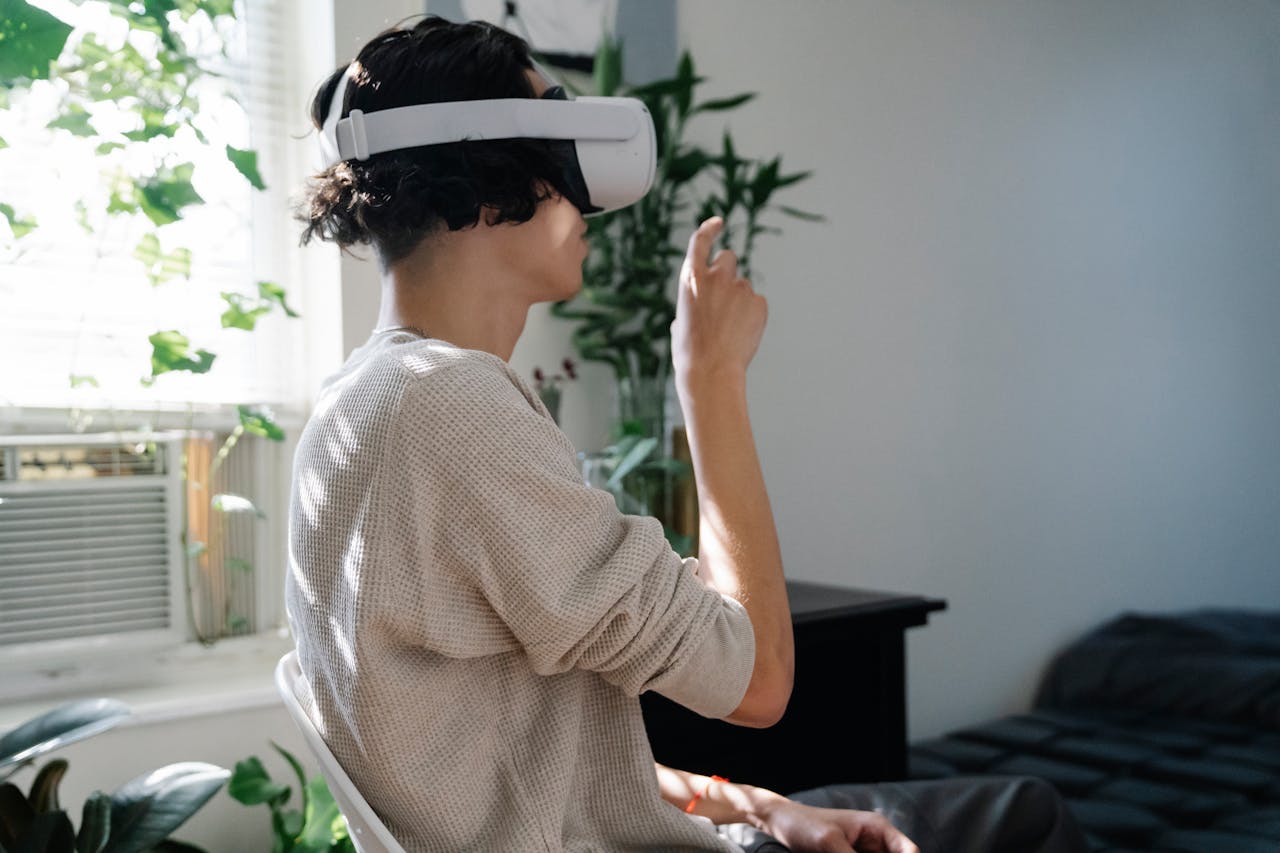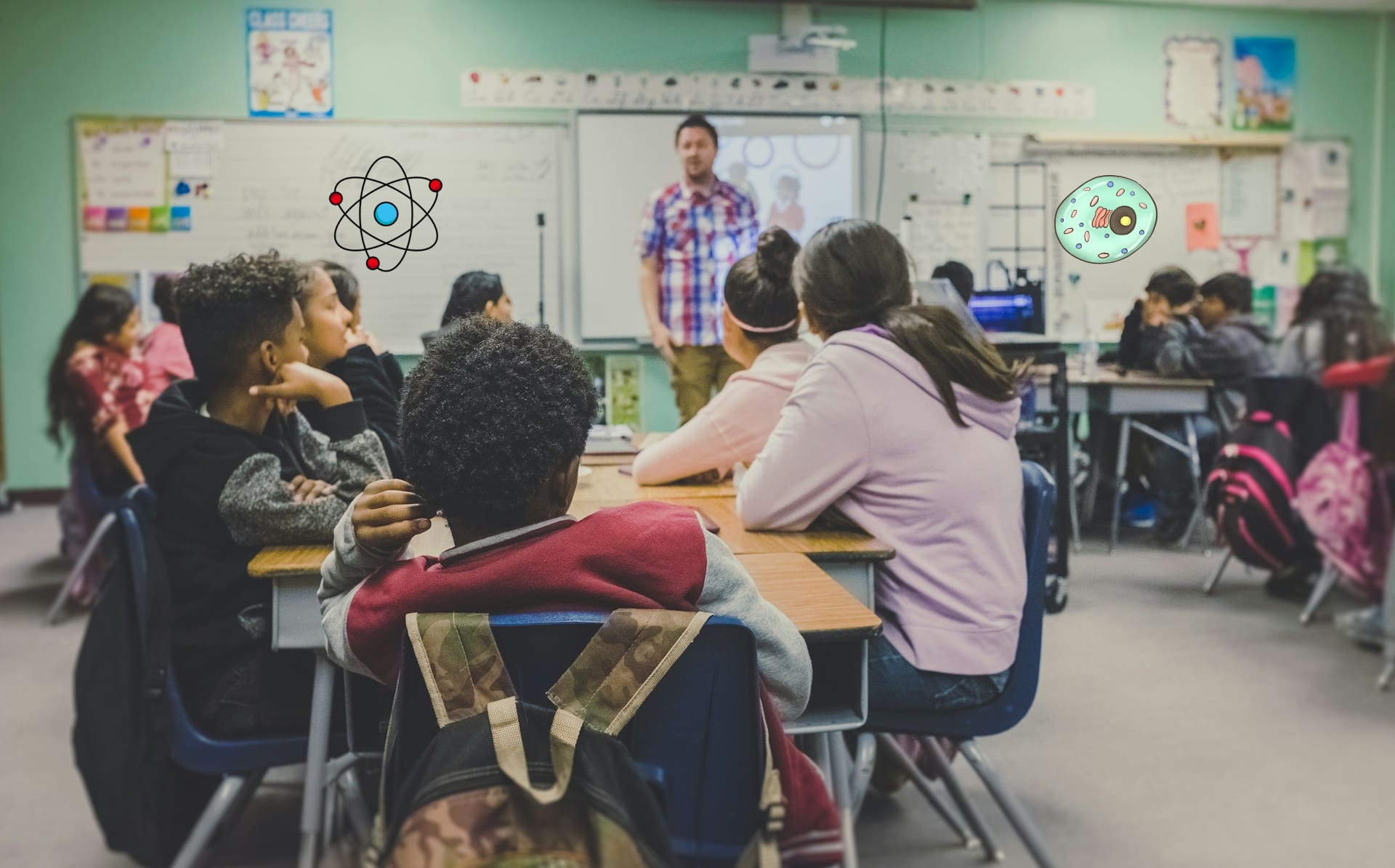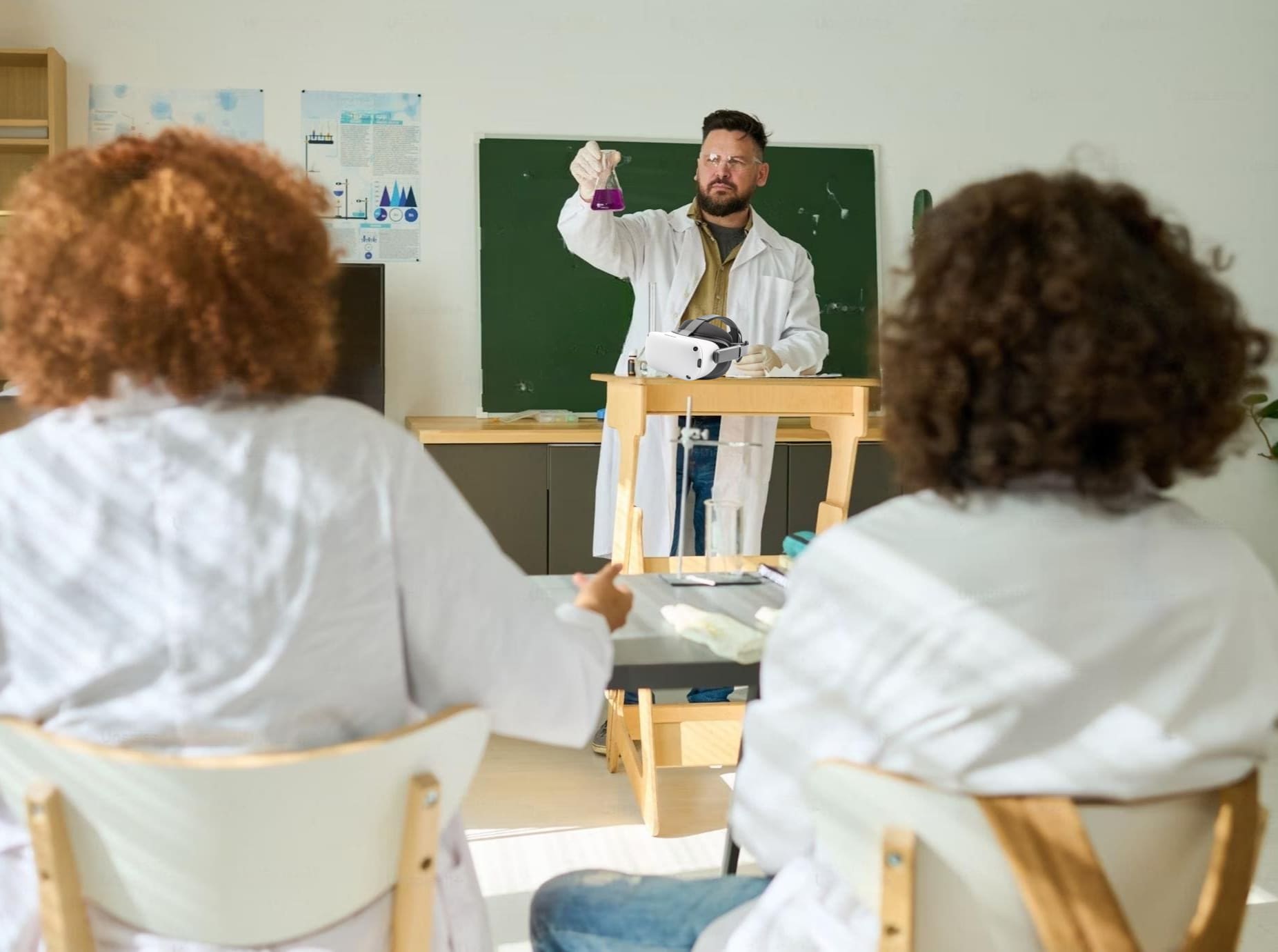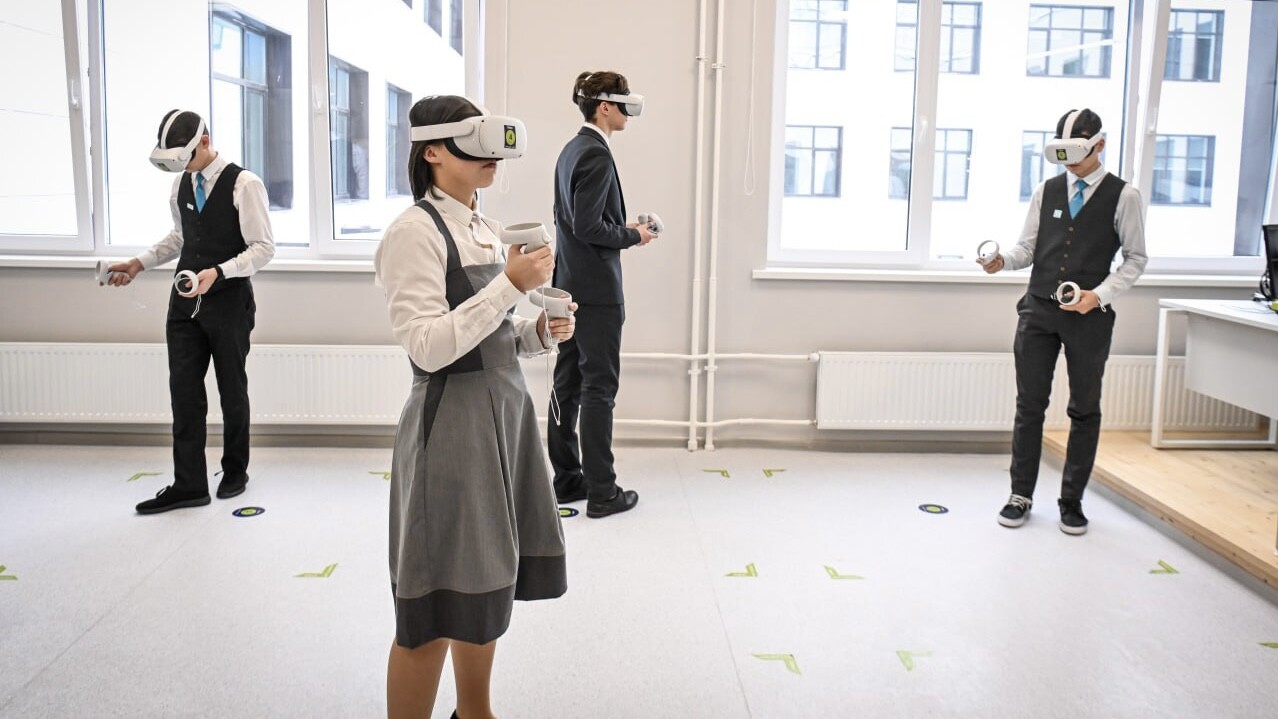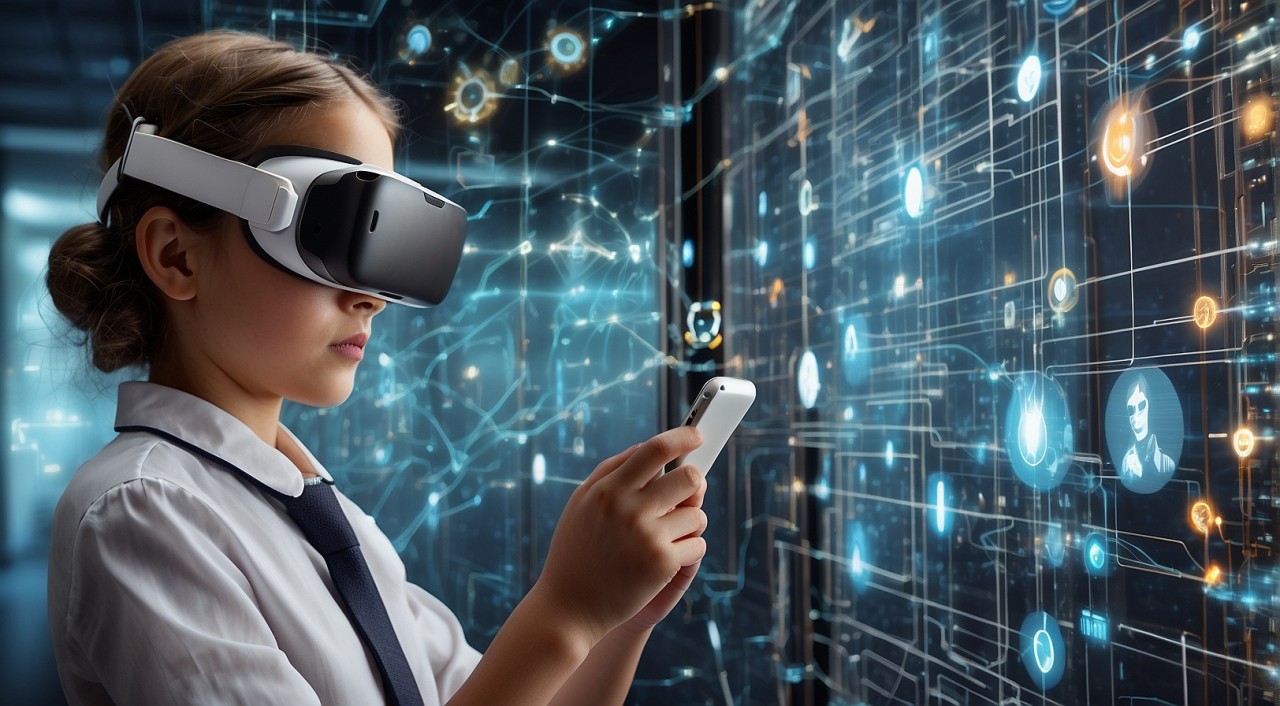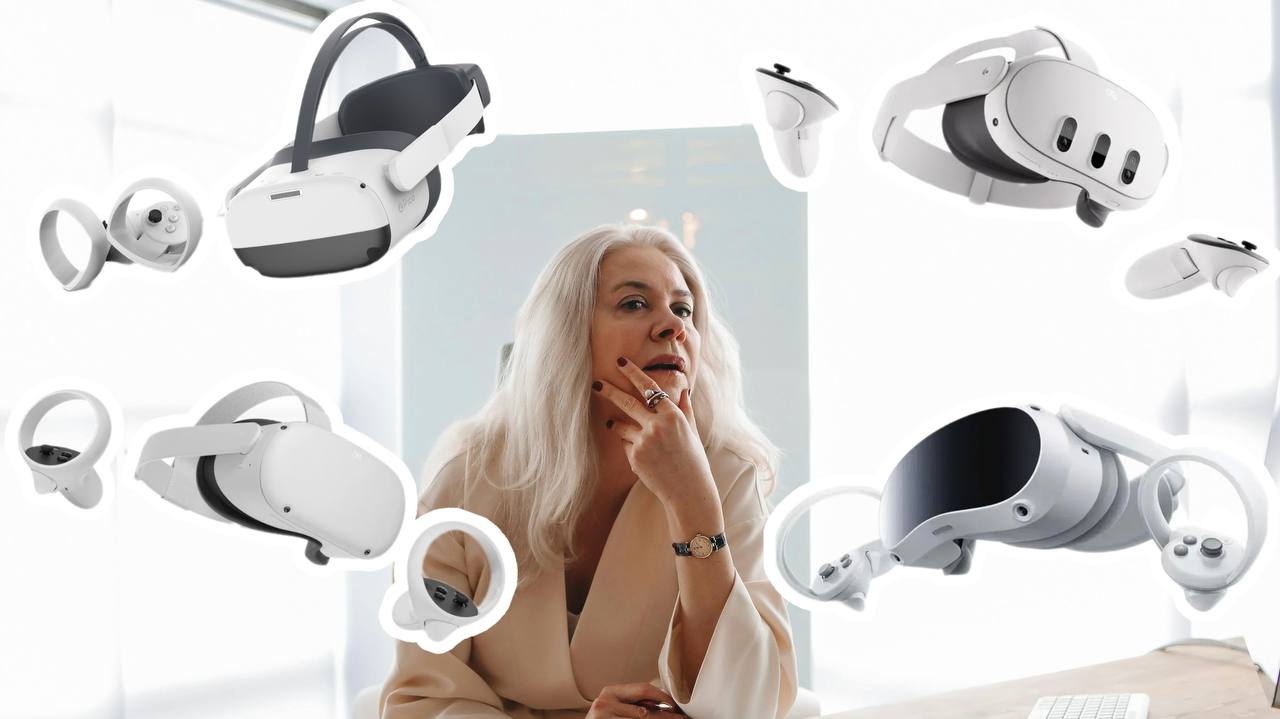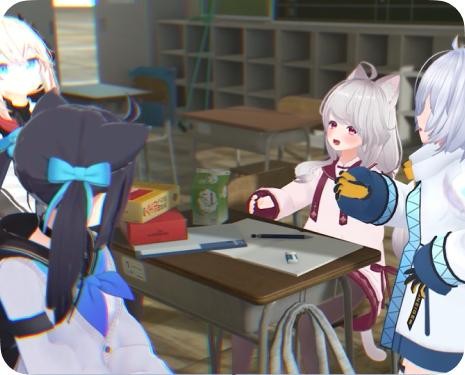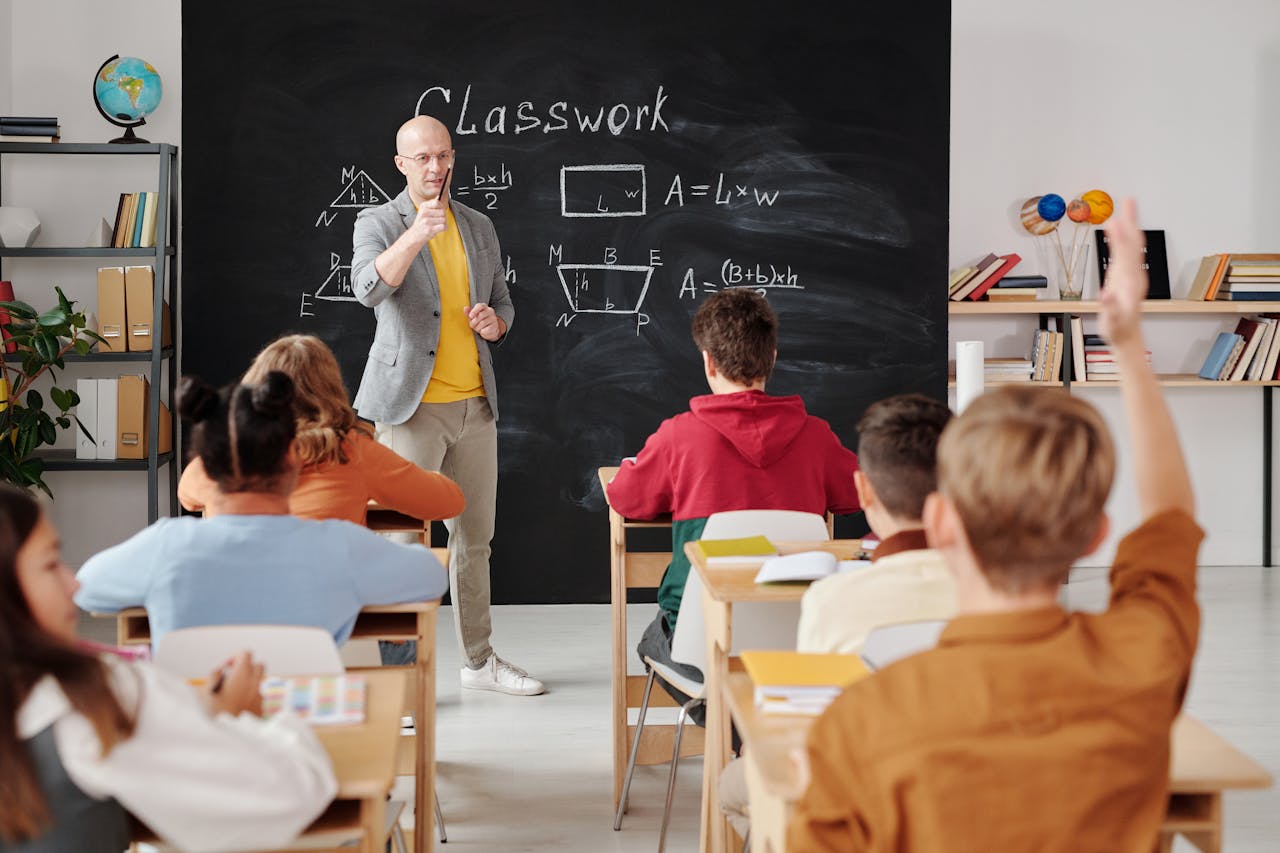
Student engagement is a critical factor in successful learning. In today's dynamic educational landscape, teachers often face the challenge of students who consistently disengage during school lessons. While it's normal for a child to occasionally lose interest in a specific topic, systematic disengagement can be a cause for concern. This article explores practical strategies to re-engage students and enhance their participation, with a special focus on how VR education apps and VR education software can revolutionize the learning experience and boost student engagement.
Traditional Strategies for Boosting Engagement
1. Strategic Seating Arrangements
One simple yet effective strategy is to move a disengaged student to the front of the class. This can work for several reasons:
Increased teacher attention can spark interest
Direct eye contact with the teacher may encourage active participation
The student may feel more accountable and less able to "hide" during lessons
2. Personalized Approach to Learning
Disengagement can affect both high-performing and struggling students if the lesson's difficulty doesn't match their level. Teachers can address this by:
Preparing a range of tasks at varying difficulty levels
Offering challenging projects for advanced students
Providing scaffolded assignments for those who need extra support
3. Directed Questions
Regularly asking specific students questions can keep them alert and engaged. This technique addresses the question: "What are some practical reasons for learners to participate in the lesson?" By anticipating being called upon, students are more likely to stay focused and actively participate.
4. Structured Note-Taking
Encouraging and monitoring note-taking can significantly boost engagement. Teachers should provide guidance on effective note-taking techniques and explain how it contributes to better understanding and retention.
The Importance of Adaptability and Positive Reinforcement
Remember, there's no one-size-fits-all solution. Teachers should be prepared to adapt their strategies and seek advice from colleagues when needed. Positive reinforcement is crucial when a strategy successfully improves a student's attention.
Leveraging Technology: The VR Revolution in Education
While traditional methods are valuable, VR offers a revolutionary way to engage students. Let's explore how VR can be used in education to boost engagement:
1. Immersive Learning Experiences
VR transports students into interactive, 3D environments, making abstract concepts tangible and exciting. This is particularly useful for secondary school experiment ideas and school experiments that might be too dangerous or costly to perform in real life.
2. Practical Application
VR enables students to conduct virtual experiments safely, bridging the gap between theory and practice. This addresses the question "What is a practical lesson?" by providing hands-on experiences in a virtual environment.
3. Storytelling and Gamification
Many VR education games and school lesson pro games use narrative elements and game mechanics to make learning more engaging and fun. This approach can transform dry topics into exciting adventures, boosting motivation and retention.
Implementing VR in the Classroom
How is VR used in education today? Many schools are incorporating VR into their science lesson plans, allowing students to explore complex concepts in an interactive way. When implementing VR, consider:
Starting with short, focused VR sessions
Aligning VR content with curriculum objectives
Providing pre- and post-VR activities to maximize learning
Teachers can use a science lesson plan template to integrate VR experiences seamlessly into their existing curriculum.
Choosing the Right VR Education Solution
For teachers looking to incorporate VR into their lessons, many VR education companies offer solutions tailored to educational needs. When selecting a VR education provider, consider:
Alignment with curriculum standards
Ease of use for both teachers and students
Technical support and training offered
VR education services can provide valuable resources and support for teachers new to this technology.
What is a Science Lesson Plan?
A science lesson plan is a detailed guide for teachers that outlines the objectives, activities, and assessments for a specific science topic. When incorporating VR, the lesson plan should include:
Pre-VR activities to introduce the topic
The VR experience itself, with clear learning goals
Post-VR discussions and assessments to reinforce learning
Experience VR Education Firsthand
We invite educators to experience the power of VR in education firsthand. Visit https://xreadylab.com/request-demo-page/ to request a free VR education app demo. Even if you don't have VR hardware, we can arrange a desktop version to showcase our educational content.
Read more:
https://xreadylab.com/blog/vr-ai-future-school-education/
Conclusion: A Blended Approach to Student Engagement
In conclusion, while traditional engagement strategies remain valuable, the integration of VR technology offers exciting new possibilities for creating immersive, interactive practical lessons. By combining tried-and-true teaching methods with innovative VR experiences, educators can create a rich, engaging learning environment that caters to diverse student needs and learning styles.
The key to success lies in a blended approach:
Implement traditional strategies like strategic seating and personalized tasks
Incorporate technology, including VR, to enhance engagement and understanding
Remain adaptable and responsive to individual student needs
Consistently provide positive reinforcement for engaged behavior
By embracing both conventional wisdom and cutting-edge technology, educators can create dynamic, engaging classrooms where every student has the opportunity to thrive. Whether through traditional methods or innovative VR education apps, the goal remains the same: to inspire and educate the next generation of learners.
